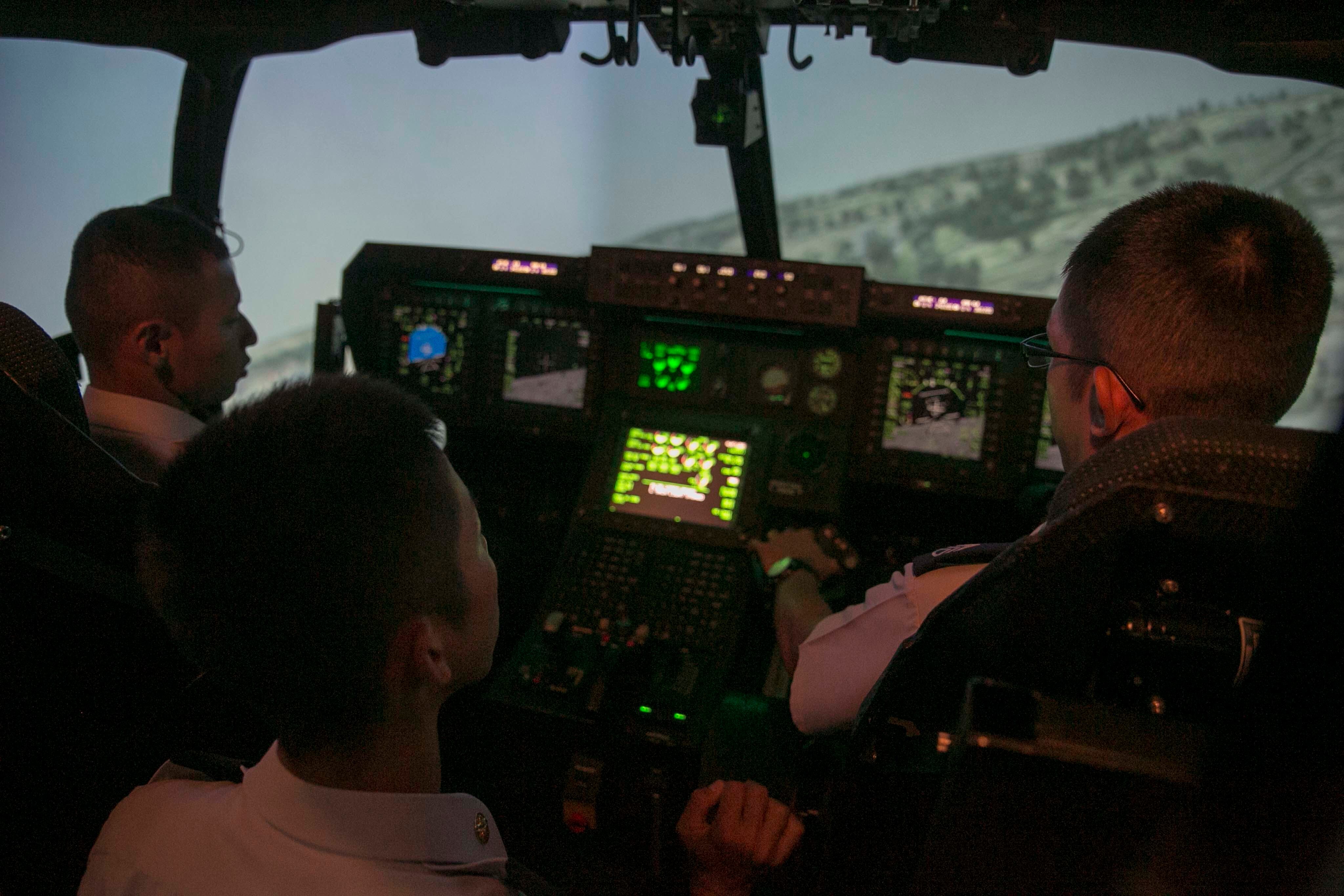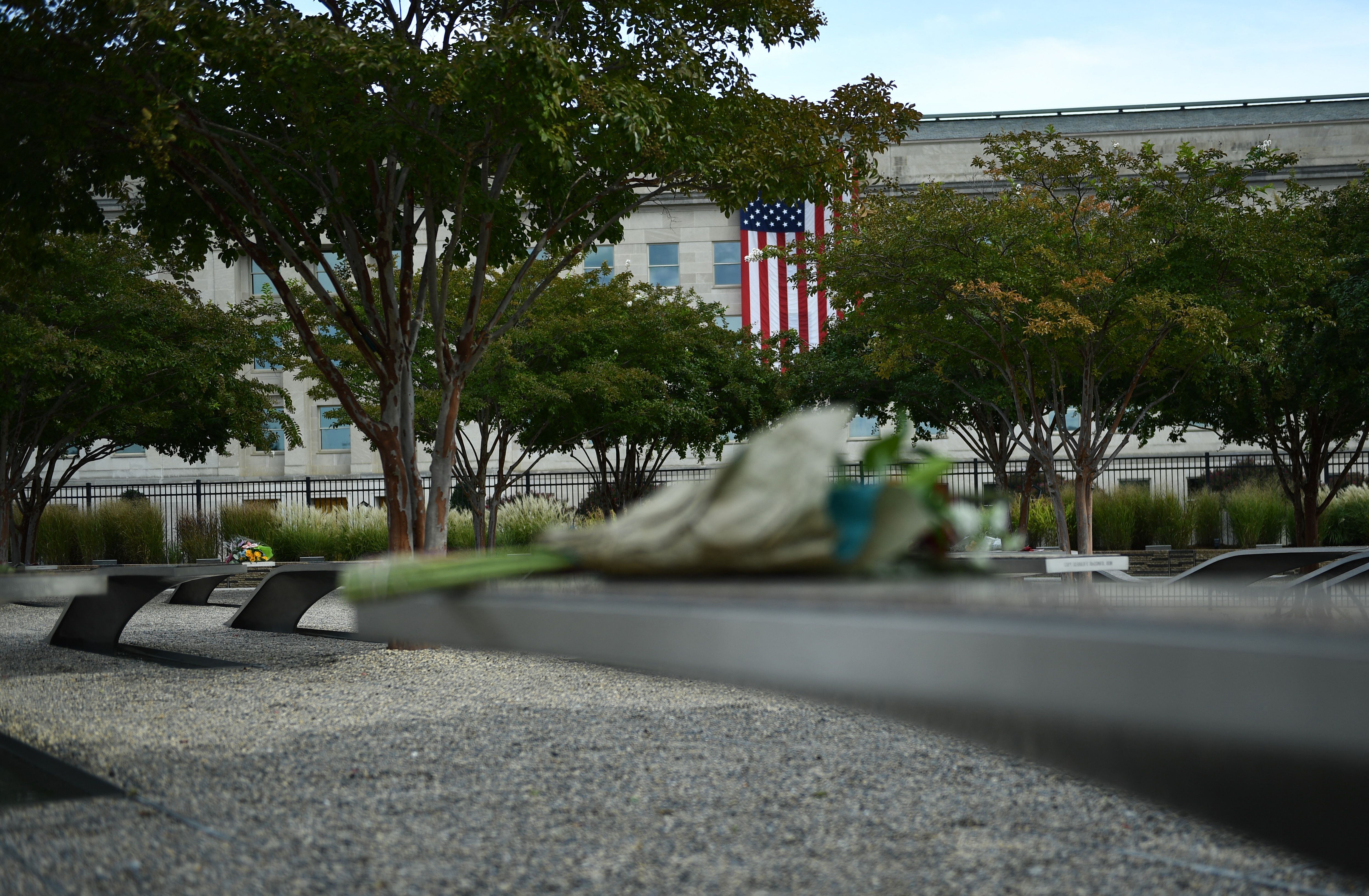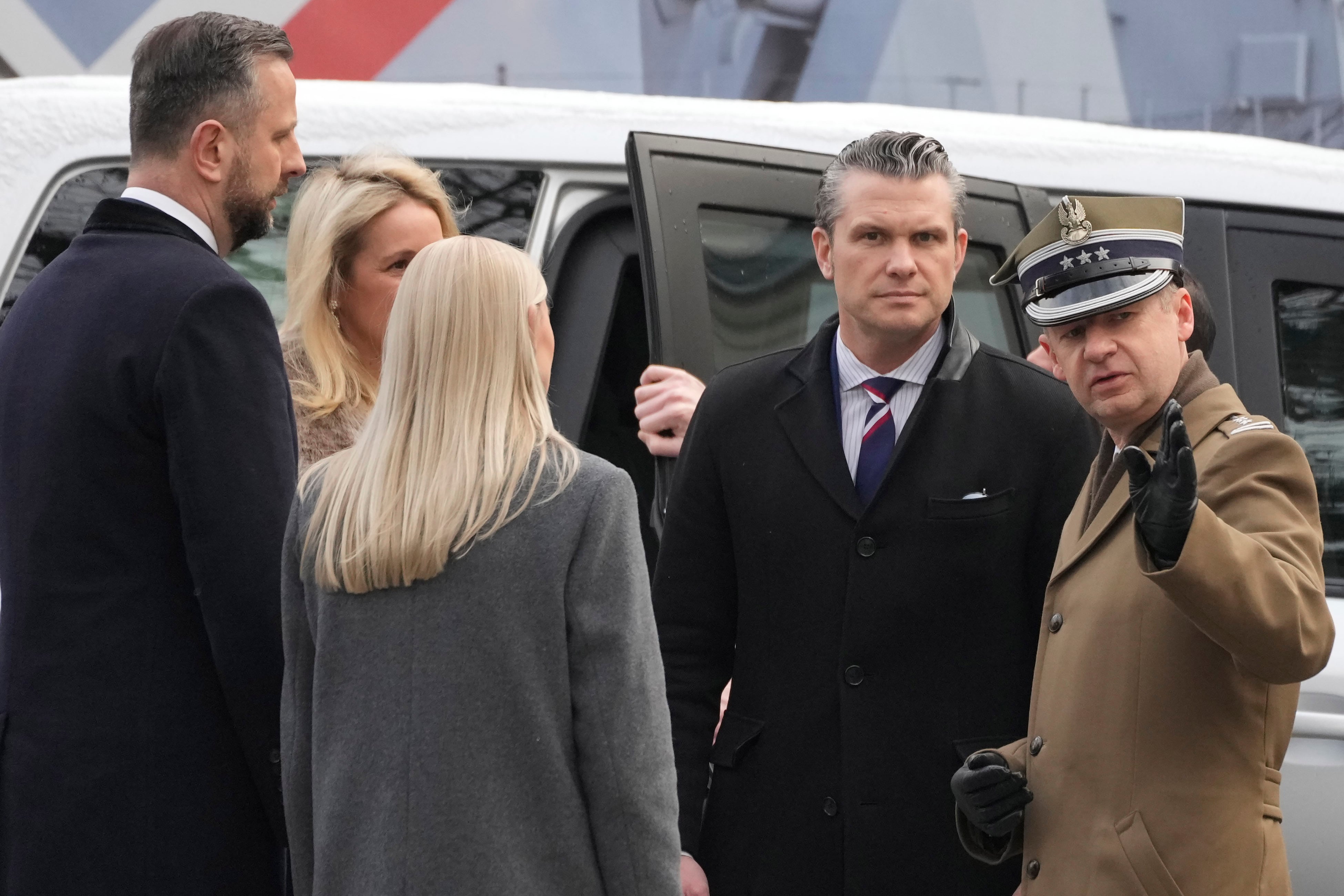Marine Corps Recruiting Command is looking to buy new state-of-the-art flight simulators in order to inspire young people to consider aviation careers.
Marine leaders want to send 22 simulators to recruiting offices around the country that will put even the best gaming experience to shame.
"The flight simulators will be used at recruiting engagements in order to generate awareness and interest for our Marine Corps aviation programs, and to encourage men and women to explore the opportunity of becoming a Marine Corps officer," said Jim Edwards, a Marine Corps Recruiting Command spokesman.
In an effort to get the best deal, Marine officials declined to answer questions about the Corps would not say what what they expects the simulators to cost or how much they're willing to pay for them simulators. Recruiting command put out the request in early August, and companies now have industry has until the end of the month month’s end to respond.
The Marine Corps plans to purchase will include five fully enclosed, 3-axis motion flight simulators, according to the solicitation. The fully enclosed simulators will replicate the cockpits of the F-35B joint strike fighter, F/A-18C Hornet, MV-22 Osprey and AH-1Z Viper. Programmers will be able to load any mission set or flight conditions — including emergency procedures.

Japanese troops sit in an MV-22B Osprey tiltrotor aircraft simulator. The Marine Corps plans to bring flight simulators to recruiting events in order to attract prospective aviators.
Photo Credit: Pfc. Cedric Haller/Marine Corps
This purchase will enable the Corps to use mobile simulators at every recruiting district to support the Marine Corps Flight Orientation Program, Edwards said. Right now, only the 4th Marine Corps District in Pennsylvania uses flight simulators, he added.
Worldwide terrain and airports (military and civilian) will allow programmers to load just about any mission set and flight condition. Emergency procedures can even be thrown in, to boot.
Each simulator will have a high-definition cockpit camera, recording capability, and a 70-inch LED Smart TV where friends and family can watch the mission unfold. They will closely simulate aircraft performance and maneuvering parameters, as well as weapons system displays and functionality, and can be linked to other simulators so the "pilots" can operate in the same simulated airspace.
The electric simulators will mimic cockpit instruments configuration, down to the smallest details. That means a left throttle and stick between the legs for the Hornet and Osprey simulators, and left throttle with right stick for the F-35 and Viper.
Rudder pedals are fully functional and adjustable forward and aft. Functional touch screen cockpit displays will show all pilot instrumentation and GPS.
The Marine Corps wants three enclosed simulators that will mimic F-35B and Hornets. Those 1-ton can be housed in enclosed 8-foot trailers and take about 30 minutes to set up.
The solicitation calls for requires at least 180-degree, but prefers a 220-degree wrap-around visual to give the rider a realistic flight experience. Hydraulics and electric motors will provide at least 50 degrees of pitch, 60 degrees of yaw and 40 degrees of roll.
The remaining 17 sets will be unenclosed, two-axis motion flight simulators: five F-35Bs, six MV-22 Ospreys and six AH-1Z Vipers.
Those 500-pound models 2-axis simulators will be easier to move from place to place and can be set up by two people in 15 minutes.
The lack of hydraulics means those simulator's electric motors can only provide about 40 degrees of pitch and roll. Three 1080 pixel LED displays will provide a 120-degree field of view.
Lance M. Bacon is senior reporter for Marine Corps Times. He covers Marine Corps Combat Development Command, Marine Corps Forces Command, personnel / career issues, Marine Corps Logistics Command, II MEF, and Marine Forces North. He can be reached at lbacon@marinecorpstimes.com.





